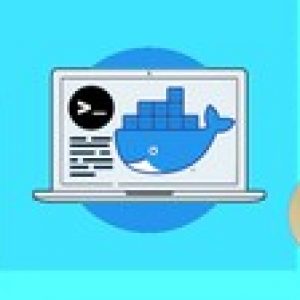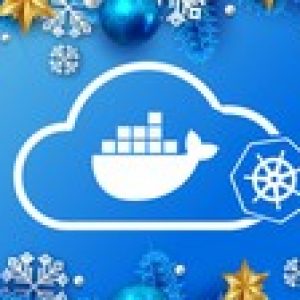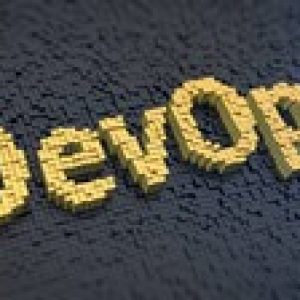
In this course we will take a simple Angular Client application that talks to a Node.JS server and deploy and run it as Docker containers. We will learn how to build both development and production Docker images for these types of applications. We will then be introduced to basic container orchestration with Docker Compose.
After this we will refactor the application to be more decoupled, resilient and scalable by using a Microservice architecture, making the app more Cloud native. We will learn how we can build Docker images and publish them to Docker hub automatically with Travis CI. We will deploy the containerized application to the Cloud with the help of Amazon Elastic Beanstalk service. We will also look at automating the deployment to Elastic Beanstalk with Travis CI. When we deploy the application to Elastic Beanstalk we will also see how we can use AWS services such as AWS RDS, AWS Elasticsearch and AWS Elasticache instead of running these as our own containers.
Then it’s time for Kubernetes. We will spend a lot of time on Kubernetes as it is the preferred choice for most people when they want to run a container workload in Production. We will write Kubernetes manifest files (YAML) to deploy the application to a Kubernetes cluster. We will look at deploying both to a local Docker for Desktop single node Kubernetes cluster and to a multi node Kubernetes cluster in the Cloud (Google GKE, Amazon Kops, Amazon EKS).
Instructor Details
Courses : 2
Specification: Deploy and Run Apps with Docker, Kubernetes, Helm, Rancher
|
5 reviews for Deploy and Run Apps with Docker, Kubernetes, Helm, Rancher
Add a review Cancel reply
This site uses Akismet to reduce spam. Learn how your comment data is processed.

| Price | $29.99 |
|---|---|
| Provider | |
| Duration | 24 hours |
| Year | 2020 |
| Level | All |
| Language | English |
| Certificate | Yes |
| Quizzes | No |

$29.99






Soeren Ganik –
Very good match. I think this course is containing just what i need.
Ishau Oyeti –
good content
Navin Jaiswal –
Great
Aaron Albert –
I enjoyed this course and found it very valuable. Working through the development of the sample application from local processes, to local containers, to docker compose, to elastic beanstalk, to kubernetes really helped to understand the differences in the platforms. Working through the evolution of the software and the operational environment is much more valuable than just deploying a prepared application and then playing with commands. Though clearly not the focus of the course, it provides a good example of SDLC and related ideas for those of us who are more on the Ops side of DevOps. There is a lot of value beyond simply learning docker or kubernetes. Even if you already have basic knowledge and skill with these, the review may be valuable to you. I used newer versions of some software which required me to adapt the examples a little (mainly helm, the new version doesn’t require tiller or service accounts so it’s much easier really). I also replaced some of the tools with alternate tools that I was more comfortable with, but sometimes at the expense of efficiency (CodeCommit for GitHub, CodePipeline/Build for TravisCI, ECR for docker registry eventually becoming a customer registry on EC2). This let me explore the process a little more and probably enhanced my learning and retention. I also paused to automate a lot of the infrastructure, policies, etc using terraform and bash/awscli. In general this became a platform for a lot of extracurricular learning/practice.
Bruno Jos e Silva –
Sim o curso apresenta um conte do bem avan ado e prop e a implementa o de uma arquitetura bem profissional.